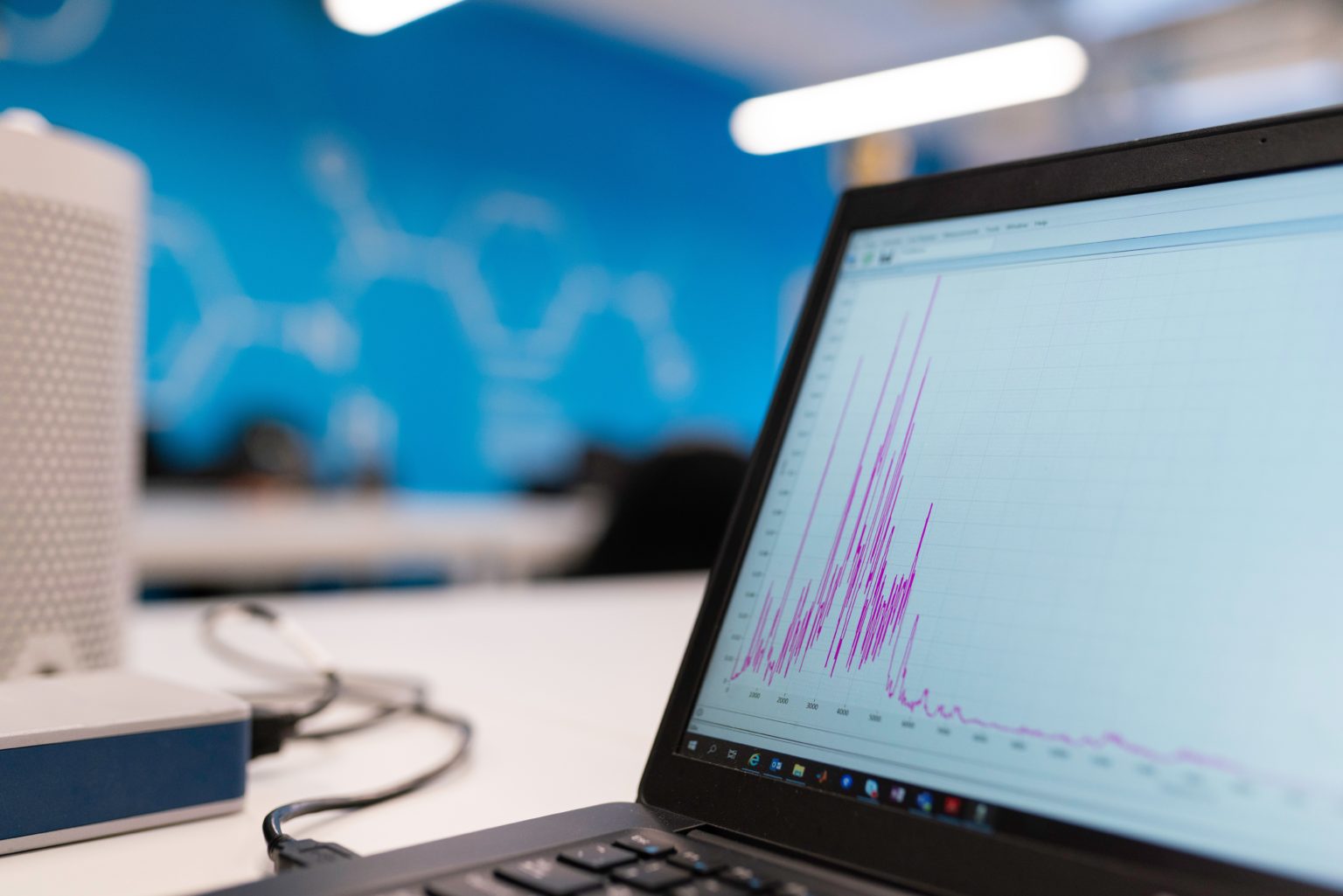In the ever-evolving landscape of eCommerce, data analytics has emerged as a vital tool for businesses looking to gain a competitive edge. The ability to gather, analyze, and derive insights from vast amounts of data is revolutionizing the way companies operate, make decisions, and drive growth. By harnessing the power of data analytics, eCommerce businesses can uncover valuable information about their customers, products, and market trends, enabling them to optimize operations, improve customer experiences, and ultimately drive revenue growth.
Data analytics in eCommerce encompasses a wide range of techniques and approaches, including descriptive analytics, predictive analytics, and prescriptive analytics. Descriptive analytics involves the analysis of historical data to understand what has happened in the past. This can include analyzing customer behavior, purchase patterns, website traffic, and marketing campaign performance. By examining historical data, businesses can identify trends, patterns, and anomalies that provide valuable insights into customer preferences, product demand, and overall business performance.
Predictive Data Analytics
Predictive analytics takes data analysis a step further by using historical data to make predictions about future outcomes. By leveraging advanced statistical models and machine learning algorithms, eCommerce businesses can forecast customer behavior, anticipate demand, and optimize inventory management.
For example, predictive analytics can help identify customers who are most likely to churn, allowing businesses to implement targeted retention strategies. It can also aid in predicting the success of new product launches or identifying cross-selling and upselling opportunities.
Prescriptive Data Analytics
Prescriptive analytics represents the highest level of sophistication in data analytics. It not only predicts future outcomes but also provides actionable recommendations on how to achieve desired outcomes. By combining historical data, predictive models, and optimization algorithms, prescriptive analytics helps eCommerce businesses make informed decisions and take proactive steps to drive growth.
For instance, it can optimize pricing strategies, recommend personalized product recommendations, or suggest the most effective marketing channels for customer acquisition.
To unlock the power of data analytics and drive eCommerce growth, businesses should adopt a comprehensive data analytics strategy. Here are some key strategies to consider:
1. Data Collection and Integration
Establish robust systems to collect, consolidate, and integrate data from various sources, including website analytics, customer relationship management (CRM) systems, social media platforms, and transactional databases. This will ensure a unified view of data and enable comprehensive analysis.
2. Data Quality and Cleansing
Ensure data accuracy and reliability by implementing processes for data validation, cleansing, and normalization. Poor data quality can lead to inaccurate insights and flawed decision-making, so investing in data quality management is crucial.
3. Advanced Analytics Capabilities
Develop in-house expertise or collaborate with data analytics professionals to leverage advanced analytics techniques. This may involve hiring data scientists, statisticians, or partnering with external analytics providers to gain access to specialized knowledge and tools.
4. Customer Segmentation and Personalization
Utilize data analytics to segment customers based on demographics, behavior, preferences, and purchase history. This allows businesses to deliver personalized experiences, targeted marketing campaigns, and product recommendations, enhancing customer satisfaction and driving repeat purchases.
5. Demand Forecasting and Inventory Management
Leverage predictive analytics to forecast demand accurately and optimize inventory levels. By aligning supply with demand, businesses can minimize stockouts, reduce inventory carrying costs, and enhance customer satisfaction.
6. Pricing Optimization
Utilize data analytics to analyze pricing dynamics, customer willingness to pay, and competitor pricing strategies. This enables businesses to optimize pricing decisions, maximize profitability, and maintain a competitive position in the market.
7. Marketing and Advertising Optimization
Leverage data analytics to measure the effectiveness of marketing campaigns, identify the most valuable customer segments, and optimize advertising spend. By allocating resources to the most profitable marketing channels and refining messaging, businesses can enhance customer acquisition and conversion rates.
8. Continuous Improvement
Embrace a culture of continuous improvement by regularly monitoring and evaluating the performance of data analytics initiatives. This involves setting key performance indicators (KPIs) and regularly analyzing metrics to assess the effectiveness of strategies and make necessary adjustments. By continuously refining data analytics processes, businesses can stay ahead of the competition and adapt to changing market dynamics.
9. Data Security and Privacy
Prioritize data security and privacy to build trust with customers. Implement robust data protection measures, comply with relevant regulations (such as GDPR or CCPA), and ensure transparency in data collection and usage. By demonstrating a commitment to data security, businesses can foster customer loyalty and maintain a positive brand image.
10. Collaboration and Integration
Foster cross-functional collaboration between departments, such as marketing, sales, operations, and IT, to leverage the full potential of data analytics. Break down silos and encourage knowledge sharing to ensure that data-driven insights are integrated into decision-making processes across the organization.
11. Experimentation and Innovation
Encourage a culture of experimentation and innovation by testing new ideas, methodologies, and technologies. Data analytics provides a wealth of opportunities for experimentation, such as A/B testing, to optimize strategies and uncover new growth drivers.
12. Data Visualization and Reporting
Communicate insights effectively through data visualization and reporting. Use intuitive dashboards and visual representations to present complex data in a clear and understandable manner. This enables stakeholders to grasp insights quickly and make data-driven decisions.
13. Embrace Emerging Technologies
Stay informed about emerging technologies in the data analytics space, such as artificial intelligence, machine learning, and natural language processing. These technologies offer new possibilities for data analysis, automation, and personalized experiences, driving eCommerce growth to new heights.
Conclusion
In conclusion, data analytics has become a game-changer for eCommerce businesses, enabling them to unlock valuable insights and drive growth. By adopting a comprehensive data analytics strategy, including data collection and integration, advanced analytics capabilities, customer segmentation, and personalization, demand forecasting, pricing optimization, and marketing optimization, businesses can leverage the power of data to make informed decisions and optimize operations. Continuous improvement, collaboration, and embracing emerging technologies are crucial for staying ahead in the competitive eCommerce landscape. With this as a guiding force, eCommerce businesses can thrive in the digital age and unlock their full growth potential.
